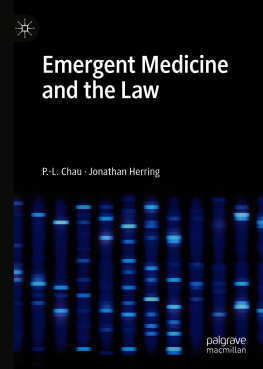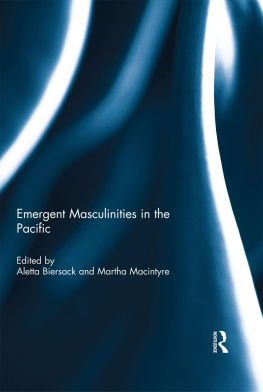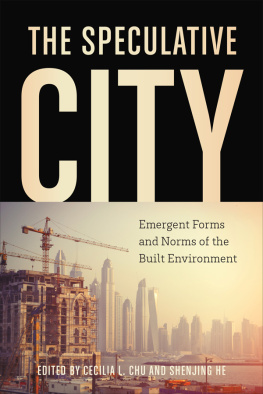P. -L. Chau - Emergent Medicine and the Law
Here you can read online P. -L. Chau - Emergent Medicine and the Law full text of the book (entire story) in english for free. Download pdf and epub, get meaning, cover and reviews about this ebook. year: 2021, publisher: Springer International Publishing, genre: Children. Description of the work, (preface) as well as reviews are available. Best literature library LitArk.com created for fans of good reading and offers a wide selection of genres:
Romance novel
Science fiction
Adventure
Detective
Science
History
Home and family
Prose
Art
Politics
Computer
Non-fiction
Religion
Business
Children
Humor
Choose a favorite category and find really read worthwhile books. Enjoy immersion in the world of imagination, feel the emotions of the characters or learn something new for yourself, make an fascinating discovery.
- Book:Emergent Medicine and the Law
- Author:
- Publisher:Springer International Publishing
- Genre:
- Year:2021
- Rating:5 / 5
- Favourites:Add to favourites
- Your mark:
- 100
- 1
- 2
- 3
- 4
- 5
Emergent Medicine and the Law: summary, description and annotation
We offer to read an annotation, description, summary or preface (depends on what the author of the book "Emergent Medicine and the Law" wrote himself). If you haven't found the necessary information about the book — write in the comments, we will try to find it.
Emergent Medicine and the Law — read online for free the complete book (whole text) full work
Below is the text of the book, divided by pages. System saving the place of the last page read, allows you to conveniently read the book "Emergent Medicine and the Law" online for free, without having to search again every time where you left off. Put a bookmark, and you can go to the page where you finished reading at any time.
Font size:
Interval:
Bookmark:
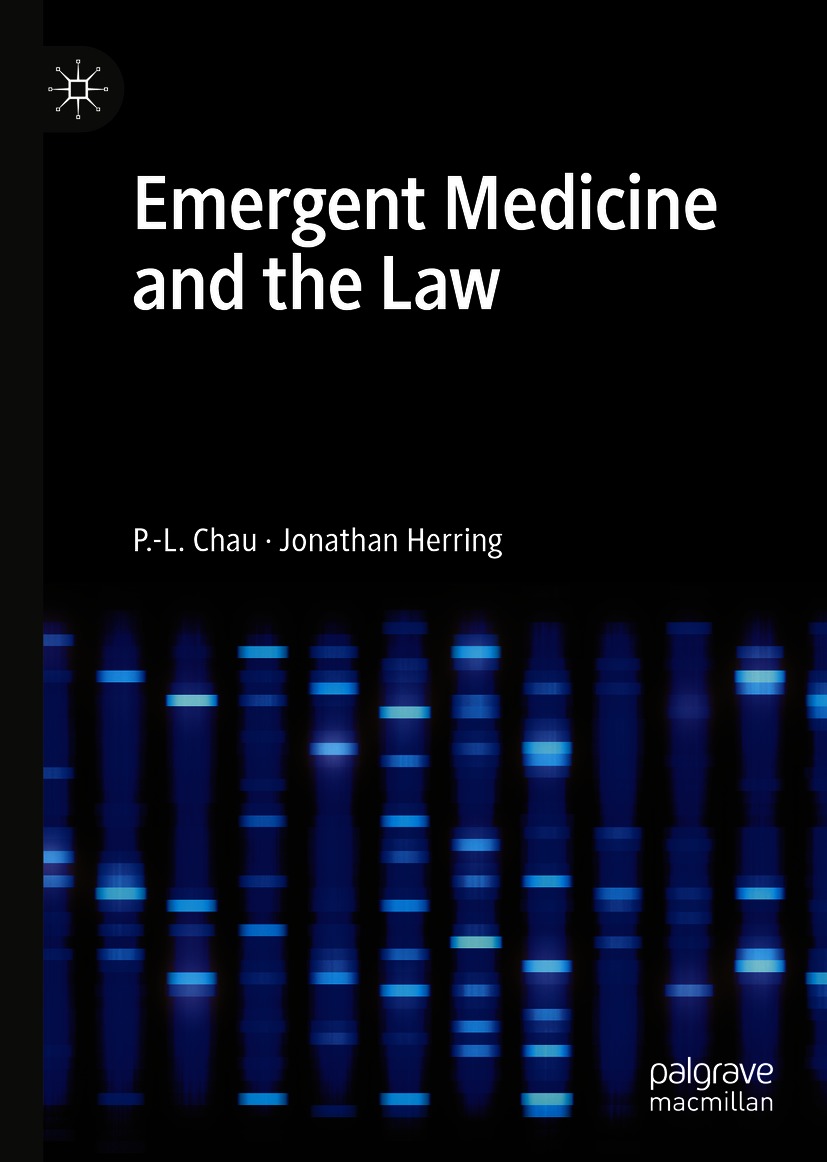
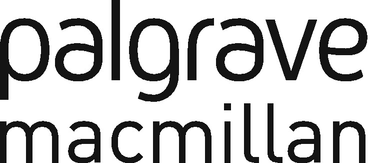
Cover credit: KTSDESIGN/SCIENCE PHOTO LIBRARY / Getty Images
The cover picture shows results of an agarose gel electrophoresis experiment. Agarose gel electrophoresis separates DNA by size; the position of the band on the gel depends on its size. Under ultraviolet light, the stain on the DNA fluoresces and its intensity indicates the amount of DNA present. This is one of the many biochemical methods that have led to advances in clinical medicine.
This Palgrave Macmillan imprint is published by the registered company Springer Nature Switzerland AG
The registered company address is: Gewerbestrasse 11, 6330 Cham, Switzerland
The authors are particularly grateful to Valerie Anderson for help with sub-editing this book. Without her meticulous attention to detail and original thinking, this book would have been much less thorough and comprehensive. We are also grateful to Alexander Broomfield for specialist clinical knowledge in several sections of this book.
The authors thank Anna Armstrong, Mohammad ElGamacy, Peter Forster, Charles Foster, Imogen Goold, Andrew Hardwick, Hin-Tak Leung, Yan-Lin Li, Shengyen Lu, Paul Martin, Erika Palin, Kari Anne Rand, Rosalind Shaw, Richard Swede, Huileng Tan, Yeeleng Tan, Rachel Taylor, Jana hlecke, Tzu-Yueh Wang, Martin Worthington and Tzung-Mou Wu for useful discussions. Part of this book was written by PC when he was a visiting scientist at the Research Center for Applied Sciences, Academia Sinica, and also at the Theory of Condensed Matter Group, Cavendish Laboratory, University of Cambridge, and PC would like to thank Kuo-Kan Liang (Academia Sinica) and Mike Payne (University of Cambridge) for their research hospitality. PC also thanks Ms Sarah Wharton, Harvard Law School Library, for help with Fig..
This book is an attempt to explain how advances in medical science will impact on law. For each topic, we will give an account of the science and medicine before putting these discoveries in a legal context. This introductory chapter will provide some groundwork on concepts which will recur in the rest of the book.
This may sound obvious, but we shall attempt to be as logical as possible, and use as much evidence as possible to back up our claims. We would also like to emphasise the impact of evolution on humans throughout our book. The theory of evolution allows us to understand processes such as decision making; it also enables us to understand how medicine is affecting our future genetically and physiologically. We therefore start with a brief introduction to the theory of evolution.
Evolution is the theory which describes the change of living organisms over time, arising from changes in their genes, so that they become more adapted to their environments.
In science, when we say that a certain concept is a theory, it does not mean that it is only theoretical in the colloquial sense. Theory means a self-consistent concept, well supported by experimental findings. So when we say that evolution is a theory, it means it is a mature scientific framework. For those parts of science which are speculative, scientists would prefer the term conjecture or hypothesis.
Although ideas about changes in living organisms have been common from antiquity, it was Charles Darwin and Alfred Russel Wallace who put this on a scientific footing. Wallace published a preliminary form of an evolutionary theory in 1855 (Wallace ). Darwin wrote this book for the non-specialist, as he intended to write a more detailed treatise for the scientist. Unfortunately, he never found the time to write the treatise, so On the Origin of Species became the definitive account of the theory of evolution. It is unique amongst the scientific classics because it assumed no technical knowledge on the part of the reader, unlike Newtons Principia, James Clerk Maxwells A Treatise on Electricity and Magnetism or Paul Diracs Principles of Quantum Mechanics, all of which require the reader to have a good grasp of mathematics. The logic of On the Origin of Species is rigorous, the argumentation extensive and the evidence compelling. Anyone willing to spend time and effort on this book will be able to understand it, and find it an intellectually rewarding experience.
In a very simplistic way, the theory of evolution starts from two axioms, both of which are strongly supported by experimental evidence. They are as follows:
Living organisms even within the same species display variation, arising from slightly different genes in each individual.
The environment of the living organisms changes over time.
We can infer that, when the environment changes, those variants of the living organisms which are more suited to the environment are more likely to survive. This process is known by the rather unfortunate name of natural selection, as if some agent is there to do the selection. The selection is performed by the environment, and those variants which are less suited are more likely to die. Over time, these variations accumulate, and new species arise.
Font size:
Interval:
Bookmark:
Similar books «Emergent Medicine and the Law»
Look at similar books to Emergent Medicine and the Law. We have selected literature similar in name and meaning in the hope of providing readers with more options to find new, interesting, not yet read works.
Discussion, reviews of the book Emergent Medicine and the Law and just readers' own opinions. Leave your comments, write what you think about the work, its meaning or the main characters. Specify what exactly you liked and what you didn't like, and why you think so.

